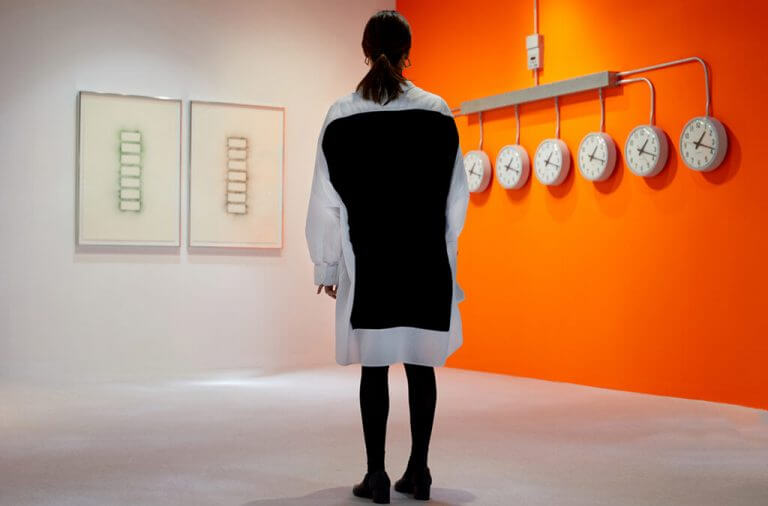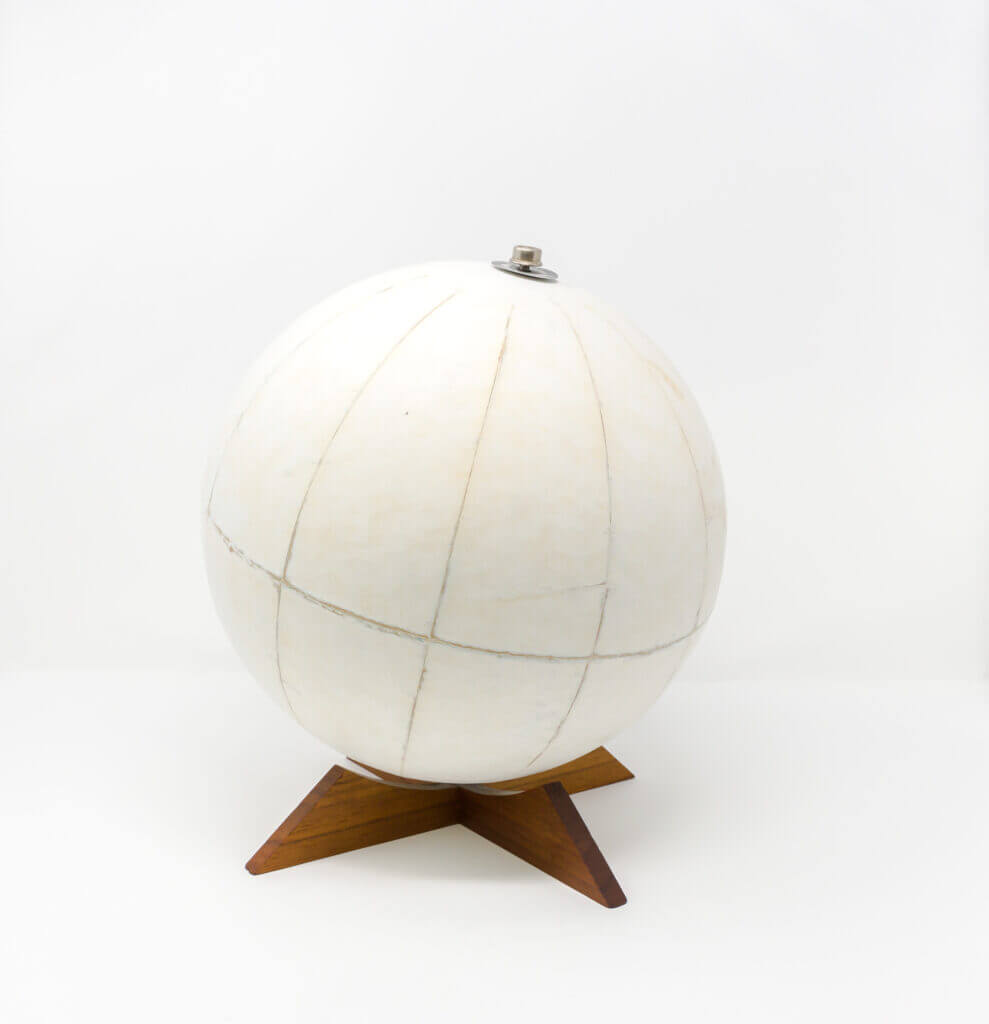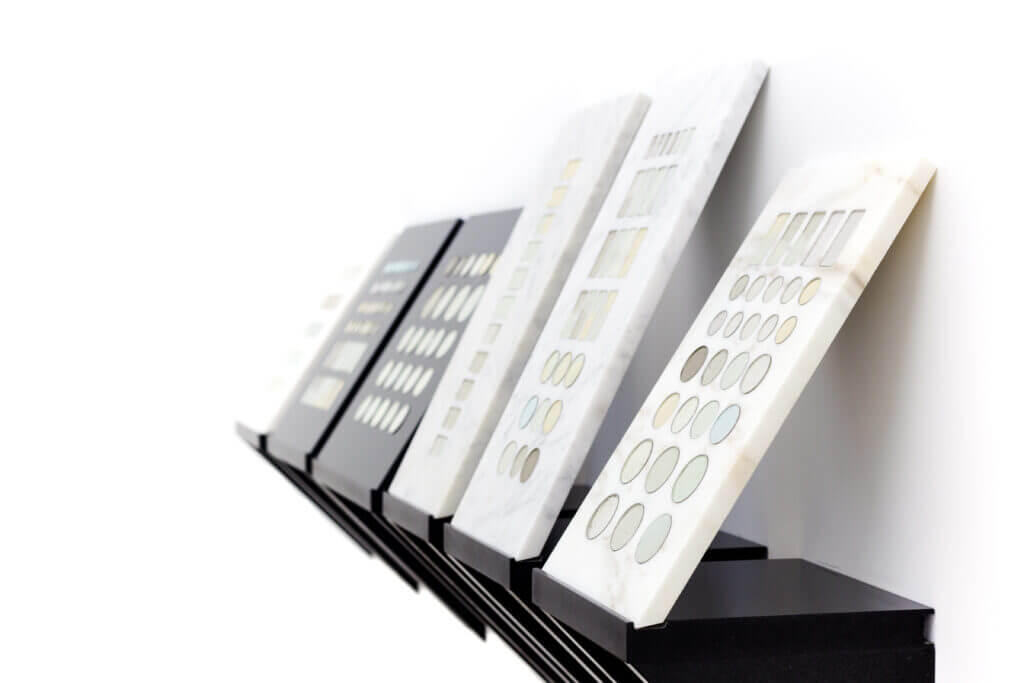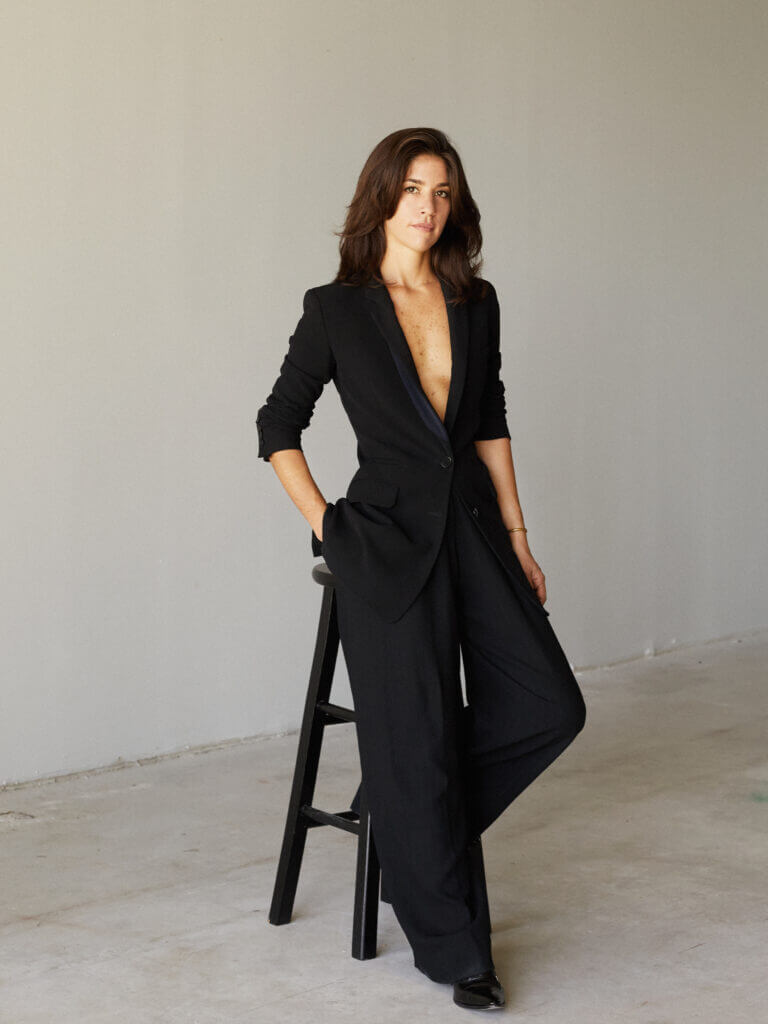Time is Dust: Agustina Woodgate

I’ve known Agustina Woodgate for more than ten years, now. Every time we meet, it seems as if we’re always rushing somewhere else. Like time turns to dust. Turns out, that metaphor is quite literal for the Buenos Aires-born artist, who divides her time between New York and Amsterdam. But we first met when we were both living in Miami back in 2012. Even then, Woodgate had been working two parallel concepts in her practice that are still relevant, to date: how the physical act of sanding down maps and globes produces a form of dust that is more than just its material makeup, and how time is not always a gift, but also a method of control, enforced labor, and psychological pressure.
From the FRONTRUNNER Spring 2020 Issue: we sat down with Woodgate during The Armory Show.

Spinello Projects presents Agustina Woodgate
Courtesy of Spinello Projects (Miami)
You’ve had hands-on experience with being a vocal, and not just a strictly visual, narrator. What are your thoughts on the future of media in both the print and digital spheres?
Even though I majored in printmaking, it was a way to understand the medium and the need to actually create printed material, and I believe that nowadays I don’t find it to be the most sustainable way – printed material. This collapsed or disjointed, oversaturated media in visual shape; it would be very interesting to see if media could include taste, or smell, although that could also be very dangerous. It led me into thinking about sound and video, I’ve been doing radio for ten years. It’s been interesting to somehow translate whatever information I arrive to, experimental journalism like what we do in radio and, perhaps, turn it into cultural or visual objects. And the other way around, as well. It could be a very fluid circulation of the senses, not just visual.
One of the long-running investigations in your practice is the process, and its own result, of sanding clocks, globes, and maps. When, where and how did this trajectory in your practice begin?
Perhaps, was around 2009. I was randomly driving on the street, and I saw in a trash can an educational globe. The image looked quite apocalyptic, so I took a picture of it. But then I decided to pick up the globe, not to rescue it but to reflect on the idea of “trashing the globe.” This might tie into our previous question about printed material and what its future is: is technology affecting what used to be tools of measurement, instrument, that today are no longer relevant. All these, very quickly, were presented in the image of the globe in the trash. I brought it into my studio, and thinking about these things, I thought it would be interesting to deconstruct the object, but in a process that’s already present in what this object represents. The planet is in constant erosion: how can I erode this object? Sandpaper became a very fast answer. I started sanding down this globe. Very quickly I discovered that the dust from the [sanded] globe was more attractive to me, because of all the data, the information that is included in this ink. Back then, I was interested in the globe in this white state. Nowadays, I sand to connect dust. It shifted a bit, perhaps. A reduction, could be apocalyptic, but could also be a blank slate. A possibility to think anew.

Untitled (World Globe), 2019
Hand-sanded vintage world globe
10 inches (254.cm) diameter
Courtesy of Spinello Projects (Miami)
Specifically the project Cosmética: this isn’t just an act of collecting the sanded remains of borders, territories, remains into dust. It’s also repurposing them into matrices of makeup colour boards. What does this project communicate to you or for you?
So, it’s been many years since I’ve been sanding, perhaps seven years worth of jars of dust. In the process of sanding, I was not necessarily putting all the remains of this dust in the same jar, but I was actually sanding by colour. I had many jars with many colour palettes. The more I had, it got more interesting. At the beginning, I had this idea that I had to make a decision, but then I realised it was a series of experimentations with this dust. One of them was Cosmética.
Looking into this information placed upon the globe, the planet, as a make-up – in reference to the make-up on our faces – kind of like an easy read. “Cosmetics” comes from the word “kosmētikos”, which comes from the Greek word “kosmos”, which means to “reorganize.” It’s pretty straightforward, I think. I investigated on how to make cosmetics – like they sell in a store – and mimic that same process with dust (this is paper pulp, so it’s not safe to put it on your face). But I wanted to insert them in palettes, just like a makeup store, a display.
It was important for me that this cosmetic display would somehow have this earth material that could be found in the ground. Stone was a pretty direct answer. I started going to depots where they sell granite, but I also needed to make the circular cut to insert the palette, with the dust. No one has that kind of machine, except the people who engrave tombstones. So pretty much the process revealed itself: the palettes are inserted into headstones, and displayed as cosmetics, and the material in which they are embedded also carries some symbology.

Cosmética (2018)
Installation view
Courtesy of Spinello Projects (Miami)
Miami is a proving ground [for artists] – I use the word “proving” in the way bread needs to form and also the way in presenting evidence to form an idea. What are the most encouraging developments you’ve seen in the last few years for artists in Miami?
I’m not sure if it’s a development for the artist, or of the artist. Quite a lot of artists are working with climate change issues, ecological perhaps, experimentations and collaborations with scientists and local communities. Also themes of social segregation. I think this was something that perhaps was not so present ten years ago, when I first arrived. The community has grown quite a lot: some really great institutions and artist-run spaces and organizations that are somehow gearing the focus towards these topics.

Photo credit: Elliot Jimenez
Just a fun question: name some materials in your studio that you think you could never do without.
One hundred percent: dollies. I don’t think I can have a studio without dollies. A classic in my studio is sandpaper: all sorts of grains, of course, all sorts of colours, numbers, shapes. And music, for sure. A nice soundsystem. All sorts. I also really enjoy when other people share their music.